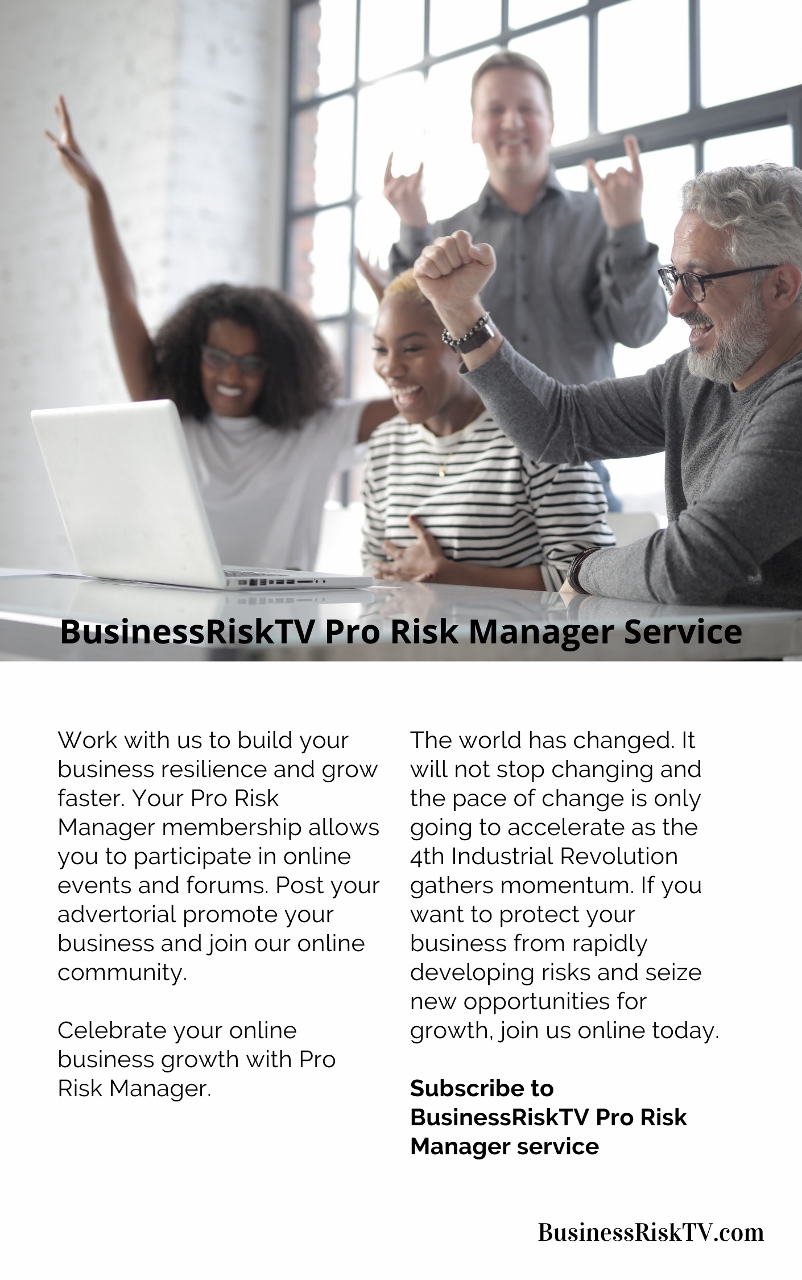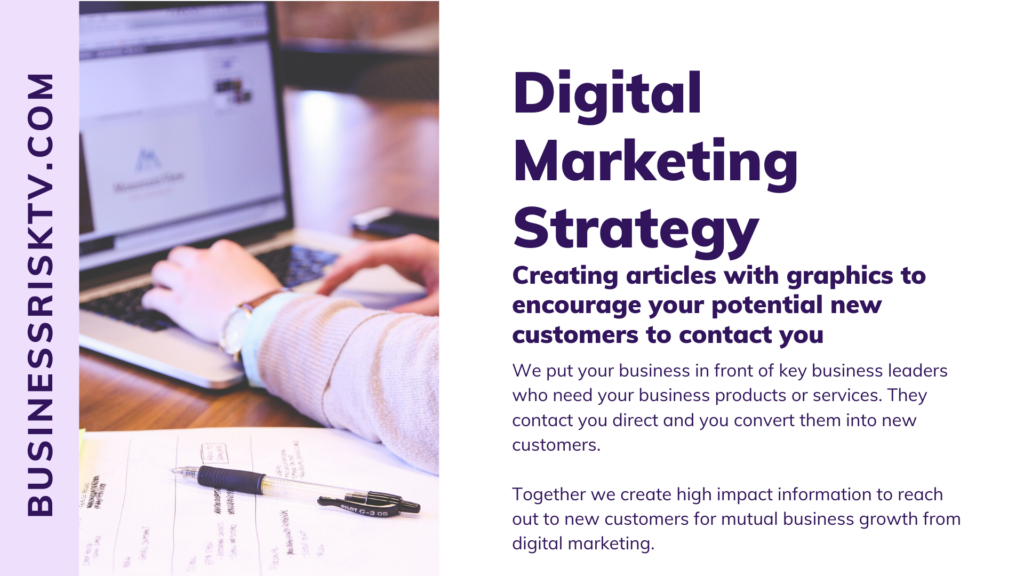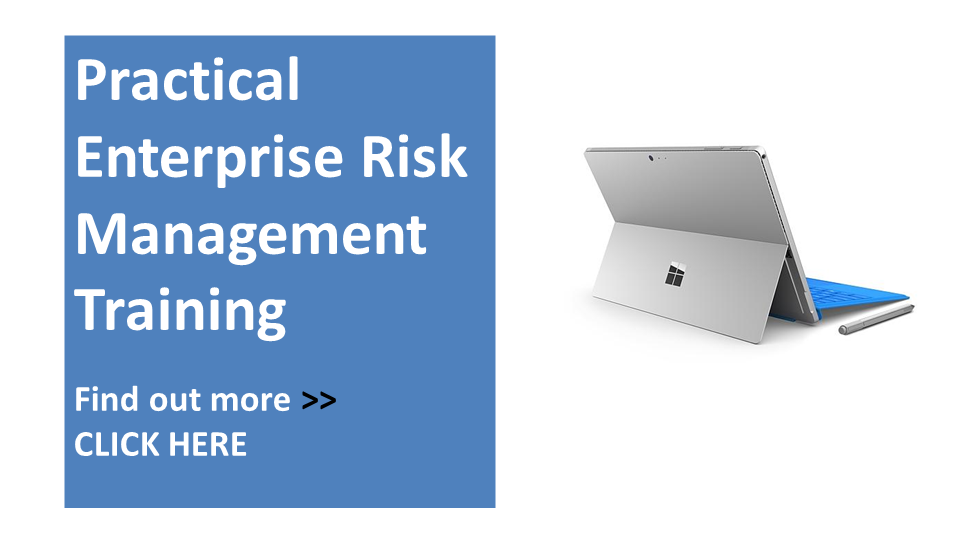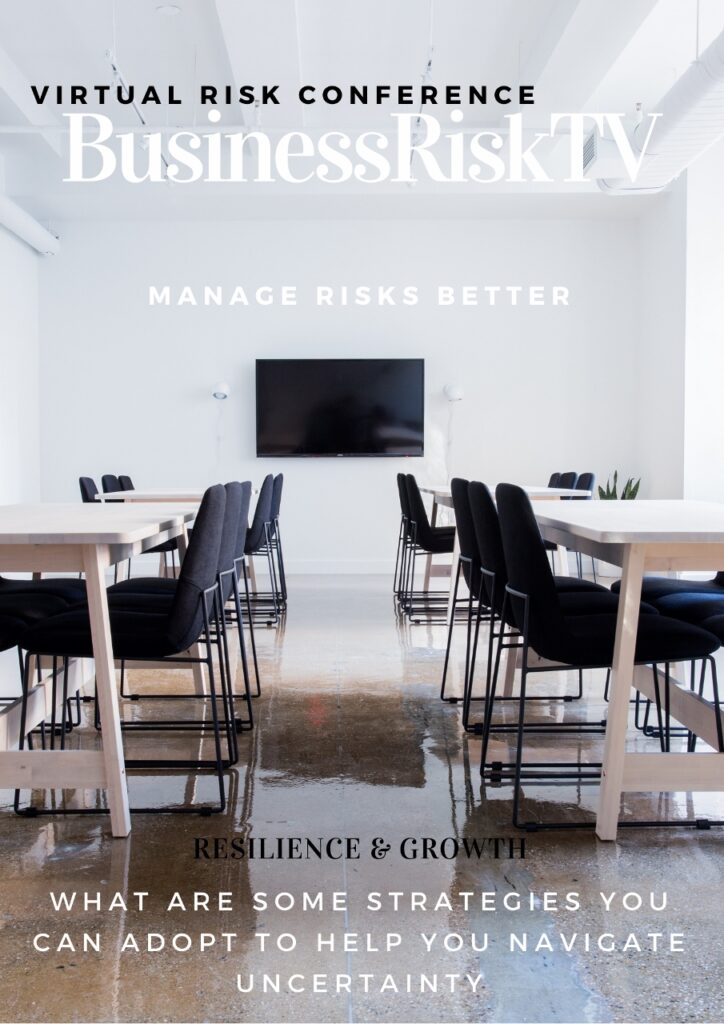Change management tips advice and support from BusinessRiskTV
In today’s fast-paced business world, change is the only constant. To stay competitive, organisations must be able to adapt and evolve quickly. But implementing change can be challenging, particularly if employees are resistant to it. This is where change champions come in. Change champions are individuals who are enthusiastic about change and who can motivate others to embrace it. In this article, we will explore how you can empower your change champions to be successful. Read on …
- Define the Role of Change Champions
Before you can empower your change champions, you need to define the role they will play. A change champion is someone who is responsible for driving change within the organisation. They are typically individuals who have a strong understanding of the benefits of the change and who can communicate those benefits to others. Change champions may also be responsible for training others on the new processes or technologies and for providing ongoing support to those who are struggling with the change.
It’s important to communicate the role of change champions clearly to everyone in the organisation. This will help to ensure that everyone understands the importance of the role and is aware of who the change champions are. It will also help to prevent confusion or misunderstandings about what the change champions are expected to do.
- Select the Right People
The success of your change initiative will depend largely on the people you select as change champions. You need to choose individuals who are enthusiastic about the change and who have the skills and knowledge necessary to drive it forward.
When selecting change champions, consider the following:
- Enthusiasm: Look for individuals who are excited about the change and who are passionate about making it happen.
- Knowledge: Your change champions should have a strong understanding of the change and its benefits. They should also have a good understanding of the organisation and its culture.
- Communication skills: Your change champions will need to be able to communicate the benefits of the change to others. Look for individuals who are effective communicators and who can tailor their message to different audiences.
- Influence: Your change champions should be able to influence others and persuade them to embrace the change. Look for individuals who have a good track record of influencing others.
- Provide Training and Support
Once you have selected your change champions, it’s important to provide them with the training and support they need to be successful. This may include training on the new processes or technologies, as well as training on how to be an effective change champion.
You may also want to provide your change champions with ongoing support, such as coaching or mentoring. This will help to ensure that they have the resources they need to be successful and that they are able to overcome any challenges they may face.
- Give Them Autonomy
Change champions need to have a certain degree of autonomy in order to be effective. They need to be able to make decisions and take action without having to consult with others every step of the way.
Giving your change champions autonomy will help to ensure that they are able to move the change initiative forward quickly and effectively. It will also help to build their confidence and increase their sense of ownership over the change.
- Recognise and Reward Them
Change champions are often working behind the scenes, and their contributions may not be immediately apparent to others in the organisation. It’s important to recognise and reward their efforts in order to keep them motivated and engaged.
Recognition and rewards don’t have to be big or expensive. They can be as simple as a thank-you note or a public acknowledgment of their efforts. The key is to make sure that your change champions know that their contributions are valued and appreciated.
- Communicate Progress
Effective communication is critical to the success of any change initiative. It’s important to keep everyone in the organisation informed about the progress of the change initiative, and this includes your change champions.
Regular communication with your change champions will help them stay informed about the status of the initiative and what they can do to help move it forward. It will also help to build their sense of ownership over the change and keep them motivated and engaged.
When communicating progress to your change champions, be sure to provide regular updates on the status of the initiative, any challenges that have been encountered, and what is being done to overcome those challenges. You should also celebrate any successes or milestones that have been achieved along the way.
- Encourage Collaboration
Change champions cannot do it alone. They need the support of others in the organisation to be successful. Encourage your change champions to collaborate with others and to build relationships with key stakeholders who can help to move the change initiative forward.
Collaboration can take many forms, such as working together on a project or sharing best practices and lessons learned. Encourage your change champions to be open to collaboration and to seek out opportunities to work with others.
- Continuously Evaluate and Improve
Finally, it’s important to continuously evaluate and improve your change champion program. Regularly assess the effectiveness of your change champions and make adjustments as needed. This may include providing additional training or support, adjusting the roles and responsibilities of your change champions, or selecting new change champions if necessary.
Continuous evaluation and improvement will help to ensure that your change champion program is effective and that your change initiative is successful.
Change champions are critical to the success of any change initiative. By defining the role of change champions, selecting the right people, providing training and support, giving them autonomy, recognising and rewarding them, communicating progress, encouraging collaboration, and continuously evaluating and improving, you can empower your change champions to be successful and drive change within your organisation.
More business risk management articles videos and cost saving tips
Empowering Change Champions



















